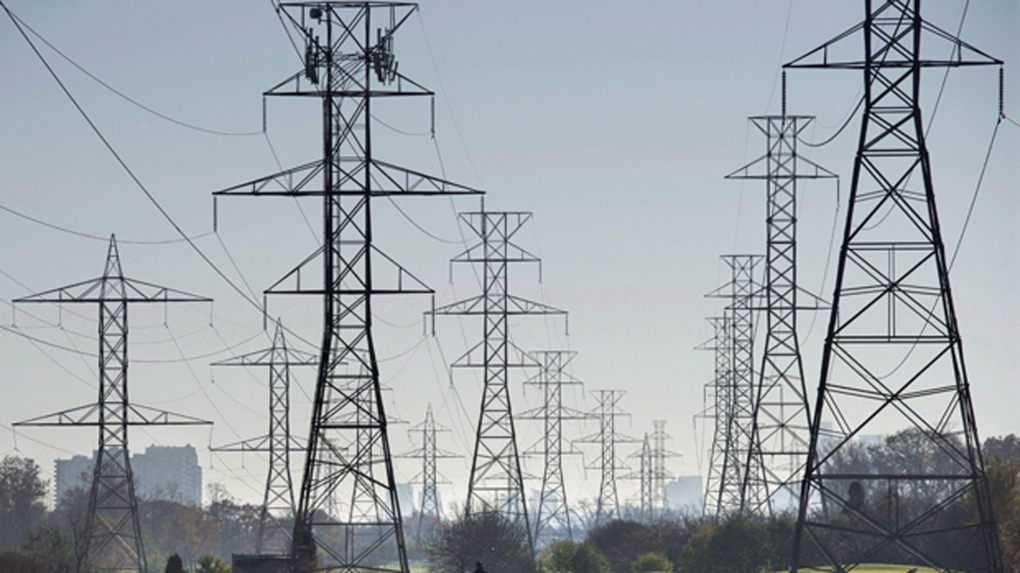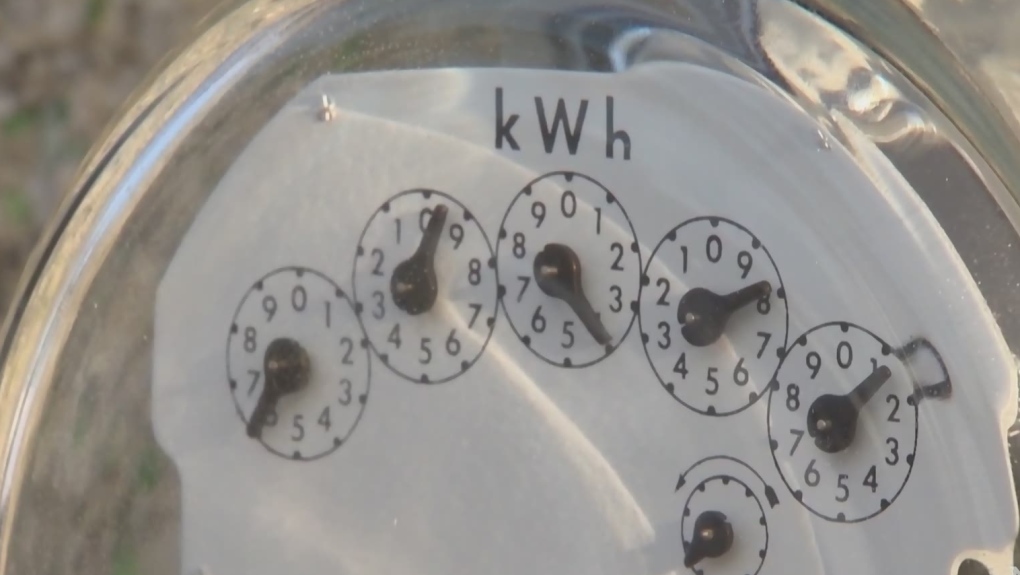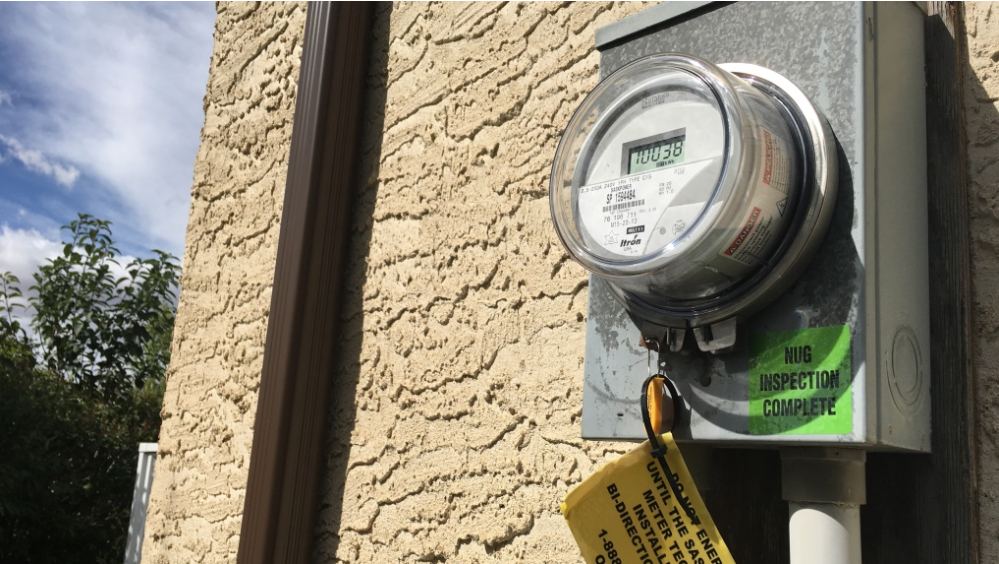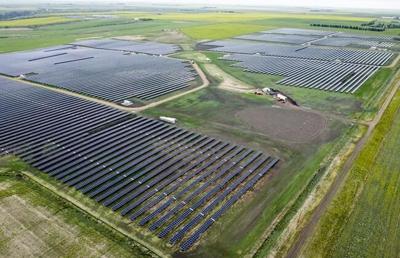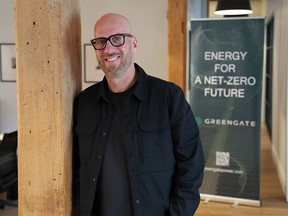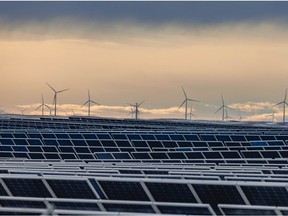'Virtual power plant' model could convince more Albertans to switch to solar
, The Canadian Press
An electricity retailer in Alberta is betting it can entice more homeowners to make the switch to solar panels by launching what it calls Canada's first retail, 100 per cent green energy-based "virtual power plant."
As of last week, residential customers who sign up with Calgary-based Solartility Inc. will receive a zero-down leasing option for a rooftop solar system, complete with battery storage and an EV charger system.
Most importantly, though, customers will also receive a bi-directional interval meter, which records power flow in two directions on an hourly basis.
That's what makes Solartility's business model unique, and it's what some observers say could be a game-changer when it comes to incentivizing residential renewable energy in Alberta. These two-way meters, along with Solartility's cloud-based software that manages the entire system, will allow customers to use their own stored power during periods of peak energy usage — the times when prices are highest.
“In a nutshell, we’re maximizing export pricing and minimizing import consumption prices, in aggregate as a pool," said Solartility co-founder Shayne Butcher.
"It means that for the first time, residential solar customers in Alberta will have access to the wholesale electricity market."
Currently, owners of rooftop solar systems in Alberta can earn credits for the excess power they produce at home. But without a two-way interval meter, the price they receive for that power is simply the regulated monthly rate approved by the utilities commission.
Having a two-way meter, along with a "smart" software system to manage everything, means micro-generators can for the first time be credited for hourly wholesale power prices. In other words, Solartility's software can determine the optimal time to export solar electricity directly from the panels or from the homeowner's battery, as well as the optimal time to import power from the grid.
Butcher said the virtual power plant concept will result in electricity cost savings for Solartility customers of up to 30 per cent.
"Before, the biggest barrier was return on investment," Butcher said.
"You’re going to go out there and lay out $35,000, $40,000 for solar panels, and the ROI’s been coming down, for sure, but it’s still upwards of 15 years nowadays to get your money back out of that system."
"A bidirectional interval meter allows the residential consumer to benefit from the excess electricity price," said Joel MacDonald, founder of online electricity rate comparison service EnergyRates.ca, adding that wholesale electricity prices can fluctuate wildly from one 15-minute block of time to the next.
"Historically, there’s been no mechanism in place for consumers to benefit from electricity pricing."
With electricity grids expected to come under increased pressure in the coming years as society embraces electric vehicles, MacDonald said, grid management is going to become increasingly important. In order to handle that increased load, as well as to account for the intermittent natures of wind and solar power, grids will have to make smart use of battery storage in periods of lower demand and then inject that power back into the grid when demand spikes, he said.
"The grid will function so much better if we can service those peaks," MacDonald said, adding that a more efficient grid should also mean more affordable electricity.
"As consumers, we think (Solartility's business model) is great, because the more people who are injecting into the grid at times of high demand will actually bring the average price down," he said.
"So it’s a win-win for the average Alberta consumer.”
If Solartility's Alberta launch is successful, the company hopes to expand its service into Ontario as well as into certain deregulated electricity markets in the U.S.
The company also plans to license its grid management software to other utilities and energy aggregators around the world.

